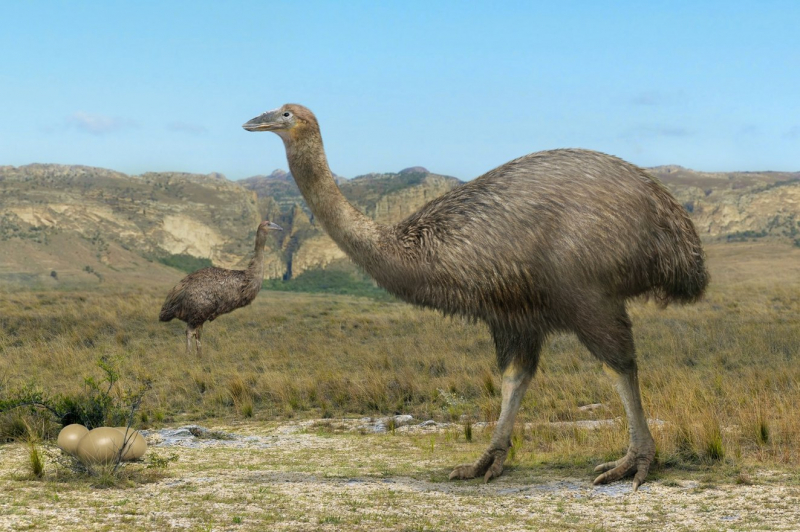The Moa Bird
There used to be several extinct moa bird species in New Zealand. They are thought to have vanished between 600 and 700 years ago, not long after humans first arrived on the island. Like their contemporary cousins the emu and the ostrich, they were enormous, flightless birds that reached heights of around 12 feet.
Ratite is the conventional classification for moa. The flighted South American tinamous, hitherto thought to be a sister group to the ratites, have been discovered by genetic analyses to be their closest cousins. Only the nine species of moa are wingless birds, as all other ratites have wings at least in part. Prior to the arrival of the Mori, they were the largest terrestrial mammals and the predominant herbivores in New Zealand's forest, shrubland, and subalpine environments, and they were solely hunted by the Haast's eagle. Within 100 years of human settlement in New Zealand, the moa became extinct, mostly as a result of overhunting.
Using DNA from a museum sample, the tiny bush moa's genome—a turkey-sized relative of the larger moa—was almost completely decoded in 2018. Up an effort to sort everything out and maybe save the moa from extinction, the genetic information gaps will be filled in with that of the contemporary emu. The technique is laborious since there needs to be a lot of fine tweaking to fill up those genetic gaps, but if it succeeds, the birds might one day come back.
Kingdom: Animalia
Phylum: Chordata
Class: Aves
Infraclass: Palaeognathae
Clade: Notopalaeognathae
Order: †Dinornithiformes











